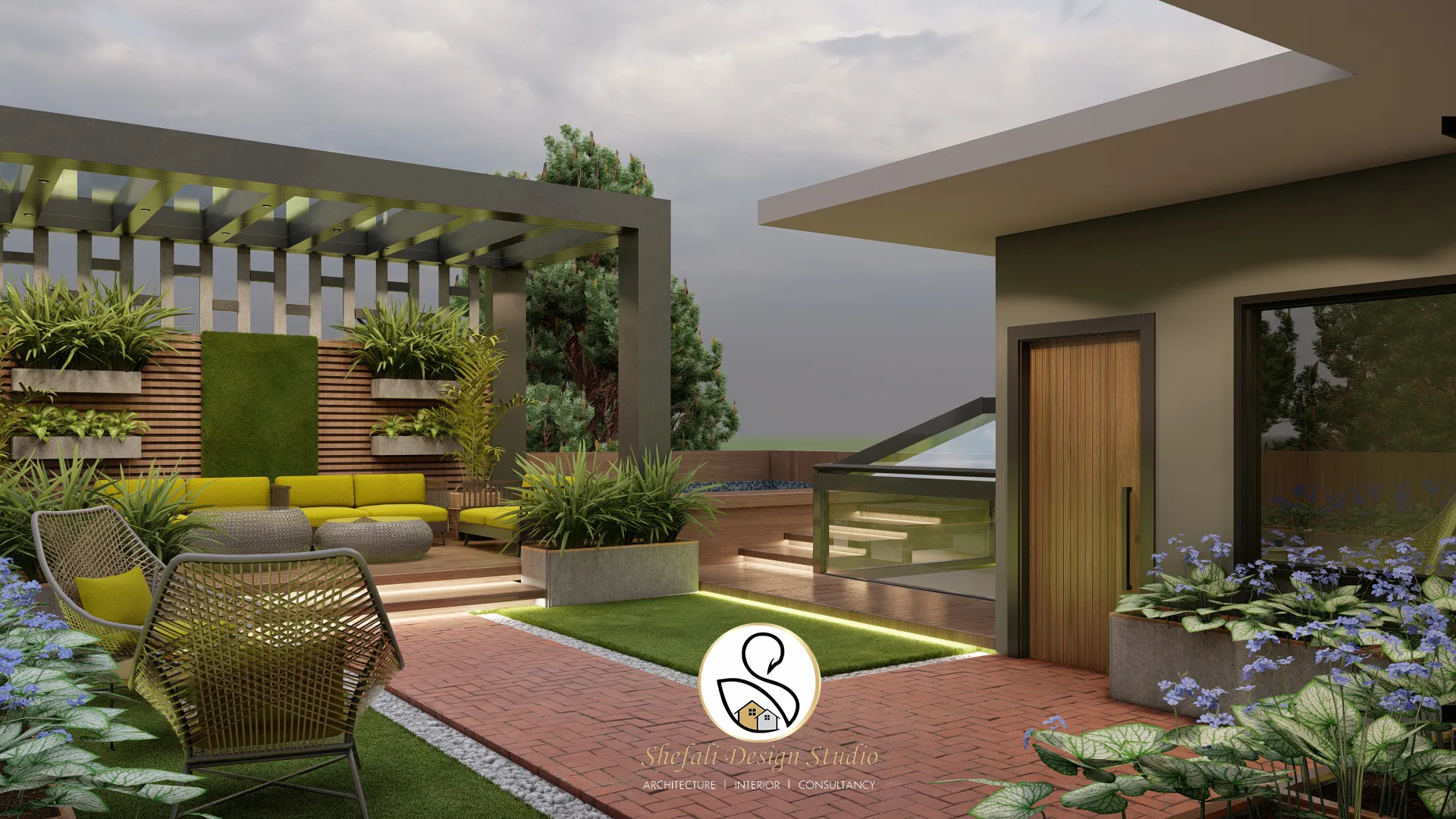In the realm of interior design, the term “interior” often conjures images of meticulously curated living spaces, offices with ergonomic furnishings, or vibrant commercial establishments. However, the significance of a well-designed exterior cannot be overstated, especially when it comes to facades—the first impression of a building or property. While interior designers typically focus on crafting beautiful, functional indoor spaces, their expertise is increasingly extending to the realm of facade exteriors, ensuring that the exterior of a building reflects the same level of creativity, innovation, and functionality. This exploration delves into the world of facade exteriors and how interior designers are leveraging their expertise to transform these crucial elements of architectural design.
The Significance of Facade Exteriors
The facade exterior of a building serves as its face to the world, making it a critical component of architectural design. It is the first thing that greets visitors, tenants, or passersby and sets the tone for the entire structure. Here’s why facade exteriors are so significant:
- Curb Appeal: A well-designed facade creates curb appeal, enhancing the overall aesthetic appeal of a building. It can make a powerful statement, drawing attention and admiration.
- Branding and Identity: The facade is an essential element in conveying a brand’s identity and values. It can reflect the ethos of a business, organization, or residence, setting the stage for what lies within.
- Functionality: Facade exteriors are not just about aesthetics; they also serve functional purposes. They provide insulation, protection from the elements, and security, contributing to the comfort and safety of occupants.
- Energy Efficiency: The design of the facade can impact a building’s energy efficiency. Strategic use of materials, insulation, and shading systems can reduce energy consumption for heating, cooling, and lighting.
- Historical Preservation: In cases of historical buildings, the facade plays a crucial role in preserving architectural heritage. Interior designers must balance the need for preservation with modern functionality and aesthetics.
Interior Designer Expertise in Facade Exteriors
While interior designers are primarily associated with creating indoor spaces, their expertise in design principles, color theory, material selection, and spatial planning equips them with valuable skills for enhancing facade exteriors. Here’s how interior designers are leveraging their knowledge and creativity in this domain:
- Aesthetic Harmony: Interior designers understand the importance of cohesive design. They ensure that the exterior facade aligns with the interior decor, creating a seamless transition from outdoors to indoors. This ensures that the building’s character is consistent throughout.
- Color Selection: Interior designers have a keen eye for color palettes and their impact on mood and perception. They apply this expertise to select exterior colors that resonate with the brand, architectural style, and surrounding environment.
- Material Selection: Knowledge of materials is crucial for both interior and exterior design. Interior designers can recommend durable, weather-resistant materials that not only enhance the appearance of the facade but also withstand the test of time and weather conditions.
- Space Optimization: Just as interior designers optimize indoor spaces, they can enhance the use of outdoor spaces associated with the facade. This may include designing welcoming entryways, comfortable seating areas, or inviting storefront displays.
- Sustainability: Sustainability is a growing concern in architecture and design. Interior designers bring their awareness of sustainable materials and practices to the exterior, helping to create environmentally friendly and energy-efficient facades.
- Lighting Design: Lighting plays a crucial role in both interior and exterior design. Interior designers can collaborate with lighting designers to create facade lighting that highlights architectural features, improves visibility, and adds a touch of drama to the building’s exterior.
The Impact of Interior Designer Expertise on Facade Exteriors
The involvement of interior designers in the design of facade exteriors has a significant impact on the overall aesthetic, functionality, and sustainability of buildings. Here’s how their expertise influences these critical elements:
- Enhanced Aesthetics: Interior designers bring their flair for aesthetics to the exterior, creating facades that are visually appealing, striking, and aligned with the building’s purpose and identity.
- Consistency: When interior designers are involved in both interior and exterior design, they ensure a consistent design language that flows seamlessly from the outside in, creating a harmonious and inviting environment.
- Improved Functionality: Interior designers consider how the exterior spaces and features will be used. This leads to the design of functional and user-friendly facades that cater to the needs of occupants, visitors, or customers.
- Sustainability: Interior designers’ commitment to sustainability extends to the exterior. They prioritize eco-friendly materials, green building practices, and energy-efficient design features, contributing to a more sustainable built environment.
- Positive First Impressions: A well-designed facade exterior crafted by interior designers makes a lasting first impression. It can attract customers, tenants, or visitors and leave them with a positive perception of the building or property.
- Value Addition: The transformation of a building’s facade can add significant value to the property. This is particularly important for commercial spaces, as an attractive facade can lead to increased foot traffic and higher property value.
In conclusion, the role of interior designers is expanding beyond the confines of indoor spaces to encompass the transformation of facade exteriors. Their expertise in design principles, color theory, material selection, and space optimization equips them to enhance the aesthetic appeal, functionality, and sustainability of buildings’ exteriors. The result is a harmonious and inviting facade that not only reflects a brand’s identity but also makes a powerful first impression on visitors and occupants alike. In the world of architecture and design, it’s the fusion of creativity and functionality that allows interior designers to elevate facade exteriors, contributing to the success and allure of buildings and properties.

